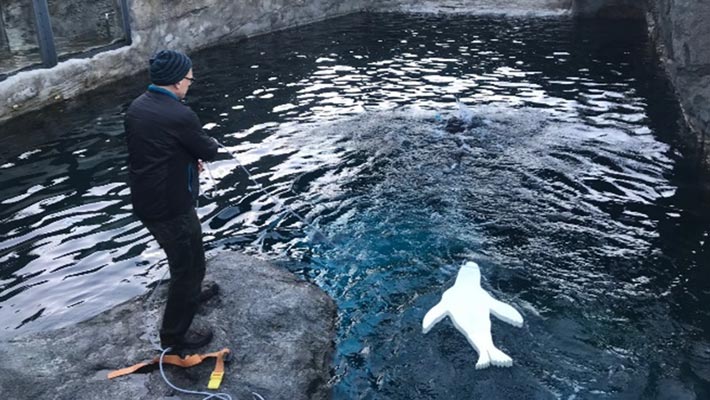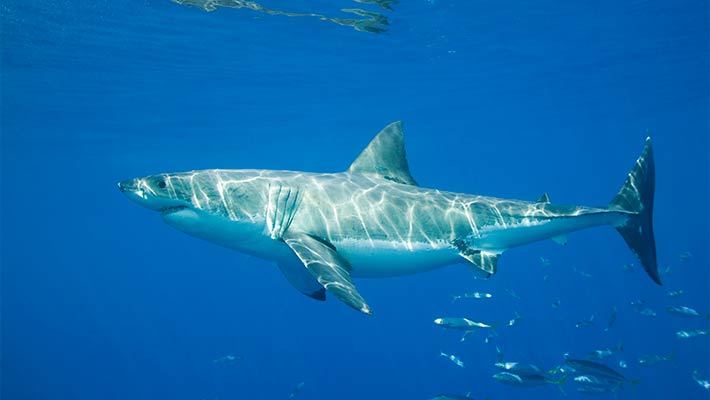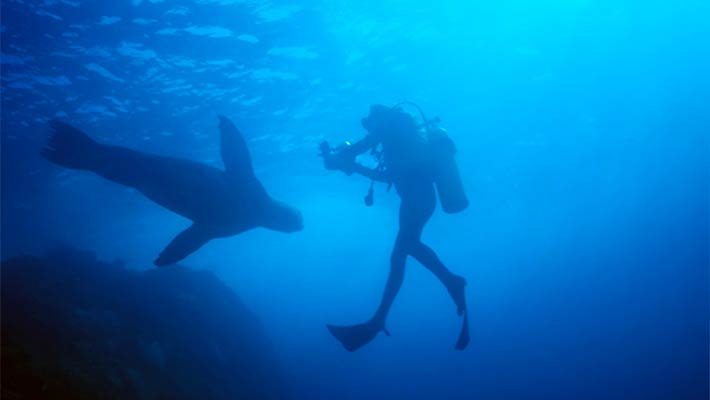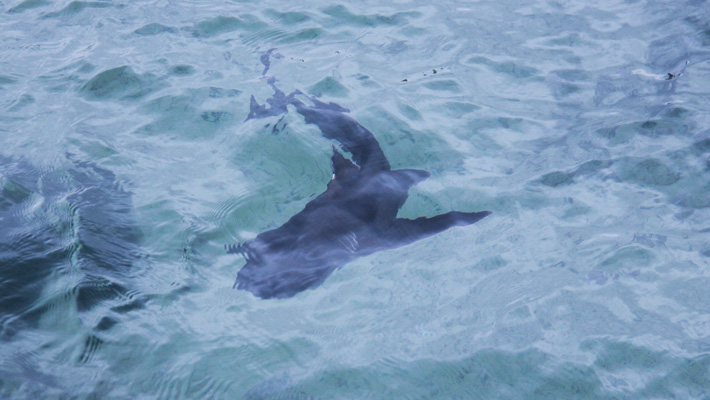Environmental predictive models for shark attacks in Australian waters
This paper collaboratively written by Macquarie University, Taronga Conservation Society Australia, NSW Department of Primary Industries, Fisheries, Sydney Institute of Marine Science and University of NSW develops predictive models for the risk of attack by white Carcharodon carcharias, tiger Galeocerdo cuvier, and bull/whaler Carcharhinus spp. sharks in Australian waters based on location, sea surface temperature (SST), rainfall, and distance to river mouth.








